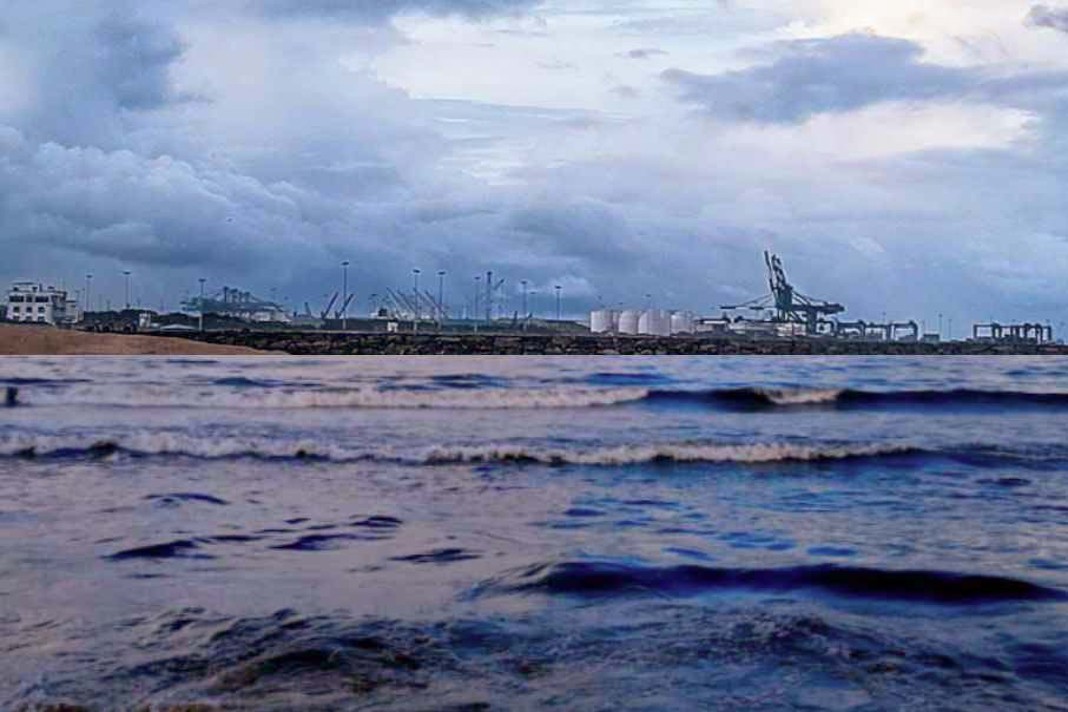- Seafarer happiness rose to 7.54/10 in Q2 2025, with improvements in connectivity, training, wages, fitness, and crew relationships.
- Shore leave remains the lowest-rated area, with restrictions and operational pressures still limiting access despite its importance to mental wellbeing.
- Practical, hands-on training is valued, but gaps remain in safety culture and structured professional development.
- Concerns persist over increasing workloads without corresponding crew size adjustments, raising sustainability and safety risks.
The Q2 2025 Seafarers Happiness Index, released by The Mission to Seafarers, shows a notable improvement in crew wellbeing, with the average happiness score climbing to 7.54 out of 10 from 6.98 in Q1. Gains were reported across key areas including connectivity, food quality, training, and wages, reflecting stronger support for those at sea. However, concerns remain as seafarers warn of growing risks to safety and basic protections, according to Safety4Sea.
Seafarer Wellbeing Insights – Q2 2025
Contact with Family received a score of 7.75, up from 7.29 in the previous quarter. Improved connectivity has strengthened family relationships and supported better mental health, with many seafarers noting that reliable internet enables daily video calls with loved ones. However, access remains uneven. Reports highlight persistent challenges such as limited data packages and inconsistent service quality, with repeated calls for increased internet data limits and more dependable connections.
Shore Leave, at 6.96 (up from 6.73), remains the lowest-rated category. Many crew members still face significant barriers to going ashore, with restrictions especially noted on LNG carriers and vessels operating with reduced crew. Operational pressures, tight schedules, and lingering COVID-era protocols continue to limit shore access. Seafarers describe shore leave as an essential opportunity to “feel human” again, underscoring its profound role in mental health, family connection, and job satisfaction.
Wages rose to 7.52 from 6.86, with many crew members expressing general satisfaction, describing pay as “good” or “quite good despite the workload.” Yet concerns persist over how compensation aligns with the demands of maritime life. Some seafarers point out that when earnings are averaged over twelve months, the value feels diminished, particularly given long contracts and extended periods away from home.
Ability to Keep Fit and Healthy scored 7.82, up from 7.22. Positive feedback mentions access to gyms, healthy food, and improved onboard facilities. Still, some report incomplete fitness equipment and limited time for exercise due to operational demands. Concerns about insufficient rest highlight that wellness extends beyond gym access, with sleep deprivation and inadequate nutrition impacting overall health.
Training scored 7.75, up from 7.27, with many seafarers crediting hands-on experience and peer mentorship as their primary learning methods. Descriptions such as “reading manuals and then doing jobs” reflect the value placed on practical, collaborative learning. While this approach is well-received, some feedback points to the need for more structured formal training.
Concerns were raised about the gap between modern training promises and the actual learning experience at sea. Frustrations also persist over recurring, preventable accidents, ranging from incidents at height to injuries from moving equipment, enclosed space hazards, electrocution, and asphyxiation. These highlight ongoing shortcomings in safety culture.
Interaction with Crew achieved a strong score of 8.12, up from 7.81, showing that crews continue to build supportive relationships despite the challenges of confined shipboard living. Many described colleagues as “friendly and approachable” and valued the “good relationships” onboard.
Workload increased to 7.13 from 6.45, but narrative feedback reveals growing concern over excessive paperwork and rising operational demands. Seafarers frequently mentioned that workloads are increasing while crew sizes remain the same, or in some cases, decreasing.
Did you subscribe to our Daily newsletter?
It’s Free! Click here to Subscribe!
Source: Safety4Sea















